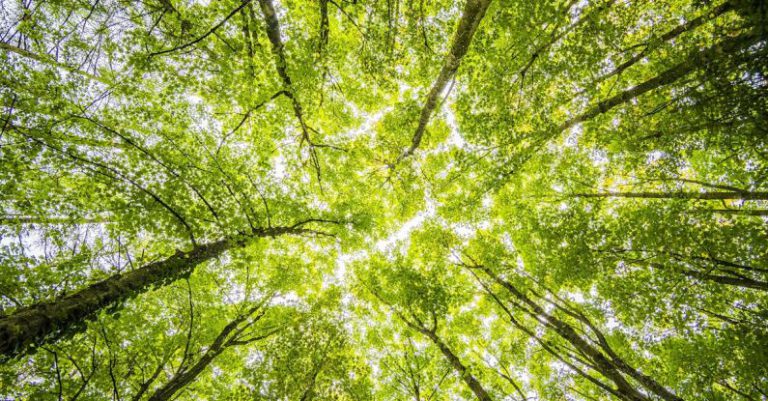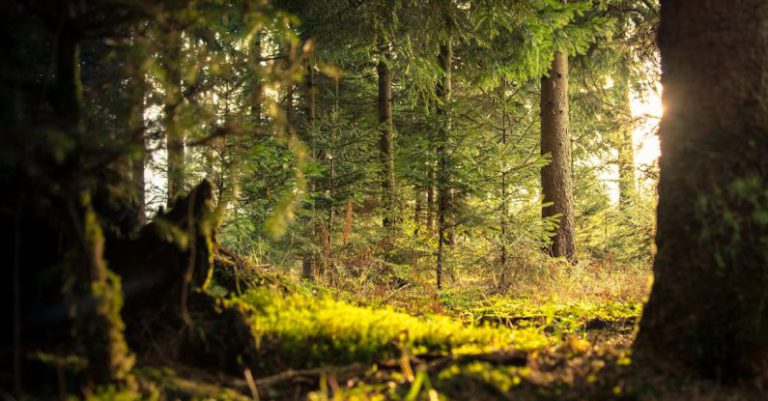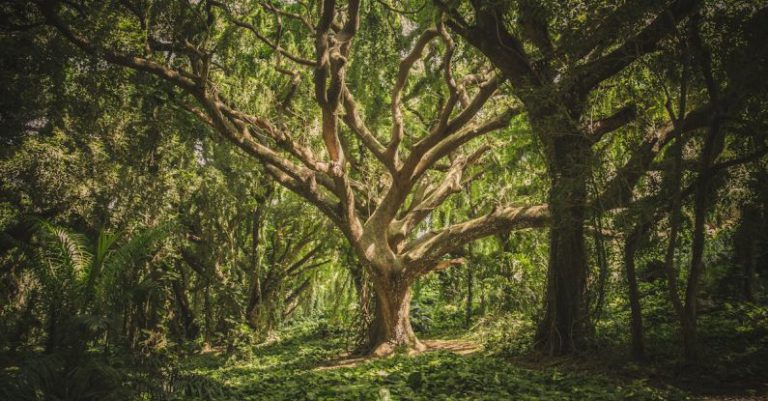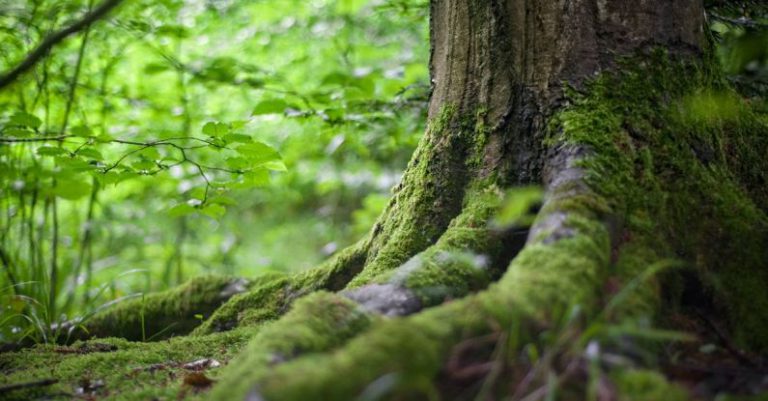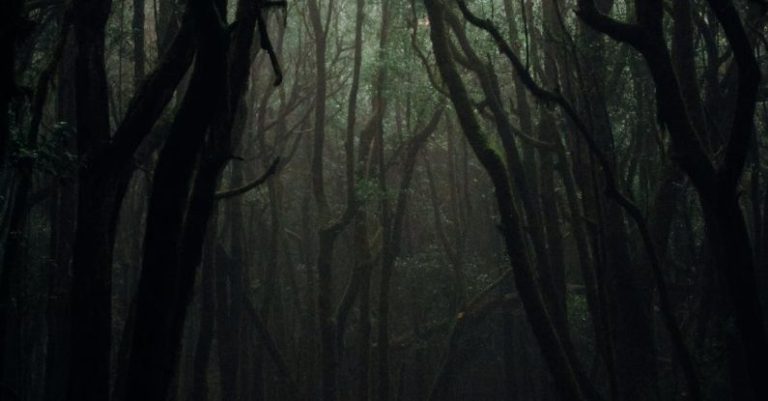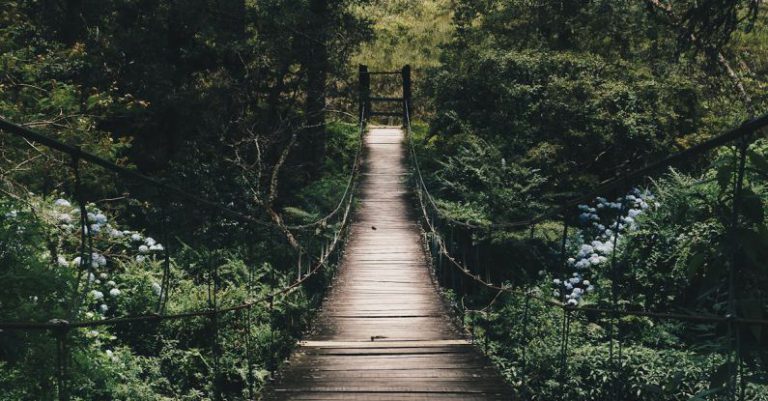
Forests around the world are facing unprecedented threats due to deforestation, climate change, and human activities. As a result, many of these vital ecosystems are at risk of disappearing forever. In this article, we will explore some of the most endangered forests in the world and the key factors contributing to their decline.
### Amazon Rainforest
The Amazon Rainforest, often referred to as the “lungs of the Earth,” is one of the most biodiverse regions on the planet. However, rampant deforestation, primarily driven by agriculture, logging, and infrastructure development, poses a significant threat to this critical ecosystem. The clearing of land for cattle ranching and soy production has led to widespread habitat loss and fragmentation, putting countless plant and animal species at risk of extinction. Climate change further exacerbates the situation, leading to more frequent droughts and fires that threaten the Amazon’s resilience.
### Borneo Rainforest
Borneo, the third-largest island in the world, is home to one of the oldest rainforests and a rich diversity of flora and fauna. However, extensive logging, palm oil plantations, and illegal mining activities have taken a toll on this once-vibrant ecosystem. Deforestation in Borneo has led to habitat destruction for iconic species like the orangutan and pygmy elephant, pushing them to the brink of extinction. The loss of forests also contributes to carbon emissions, exacerbating global warming and its impact on the climate.
### Congo Basin Rainforest
The Congo Basin Rainforest, located in Central Africa, is the second-largest tropical rainforest in the world after the Amazon. This biodiverse region is home to a wide array of species, including forest elephants, gorillas, and chimpanzees. However, unsustainable logging, mining, and infrastructure projects threaten the integrity of the Congo Basin Rainforest. Illegal poaching and deforestation for timber and agriculture are driving many species to the edge of extinction, disrupting the delicate balance of this vital ecosystem.
### Sumatra Rainforest
The rainforests of Sumatra, an Indonesian island, are under siege from palm oil plantations, logging, and wildfires. Sumatra’s forests are home to unique species like the Sumatran tiger, orangutan, and rhinoceros, all of which are critically endangered due to habitat loss and poaching. The conversion of forests into monoculture plantations not only destroys biodiversity but also contributes to air pollution and climate change through deforestation and peatland degradation. Urgent conservation efforts are needed to protect the remaining fragments of the Sumatra Rainforest and prevent further ecological collapse.
### Great Bear Rainforest
In Canada, the Great Bear Rainforest is a pristine wilderness that stretches along the Pacific coast of British Columbia. This temperate rainforest is a crucial habitat for species like the Spirit bear, salmon, and wolves. However, industrial logging and proposed oil pipelines pose significant threats to the biodiversity and cultural heritage of the Great Bear Rainforest. Conservationists and Indigenous communities are working together to safeguard this ecologically rich region and promote sustainable land management practices that prioritize biodiversity conservation and the well-being of local communities.
### Conclusion: Preserving Our Forests for Future Generations
The world’s forests are under immense pressure from human activities, climate change, and unsustainable development. Protecting and restoring these vital ecosystems is not only essential for biodiversity conservation but also for mitigating climate change, ensuring clean air and water, and supporting the livelihoods of millions of people around the world. By raising awareness, advocating for stronger environmental policies, and supporting conservation initiatives, we can help safeguard our planet’s forests for future generations to enjoy and benefit from. It is imperative that we act now to protect these invaluable natural treasures before it is too late.
